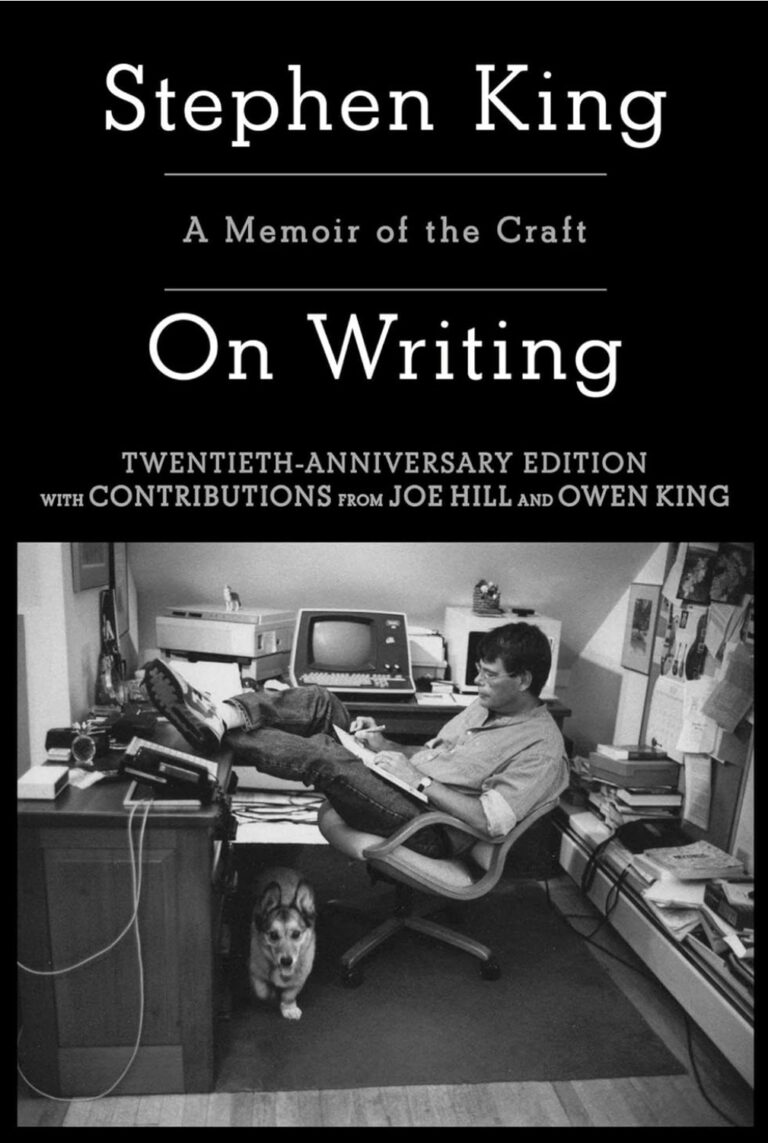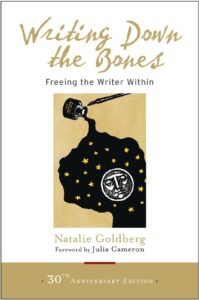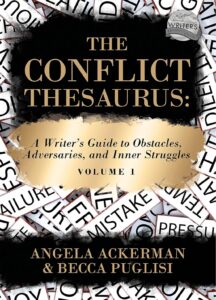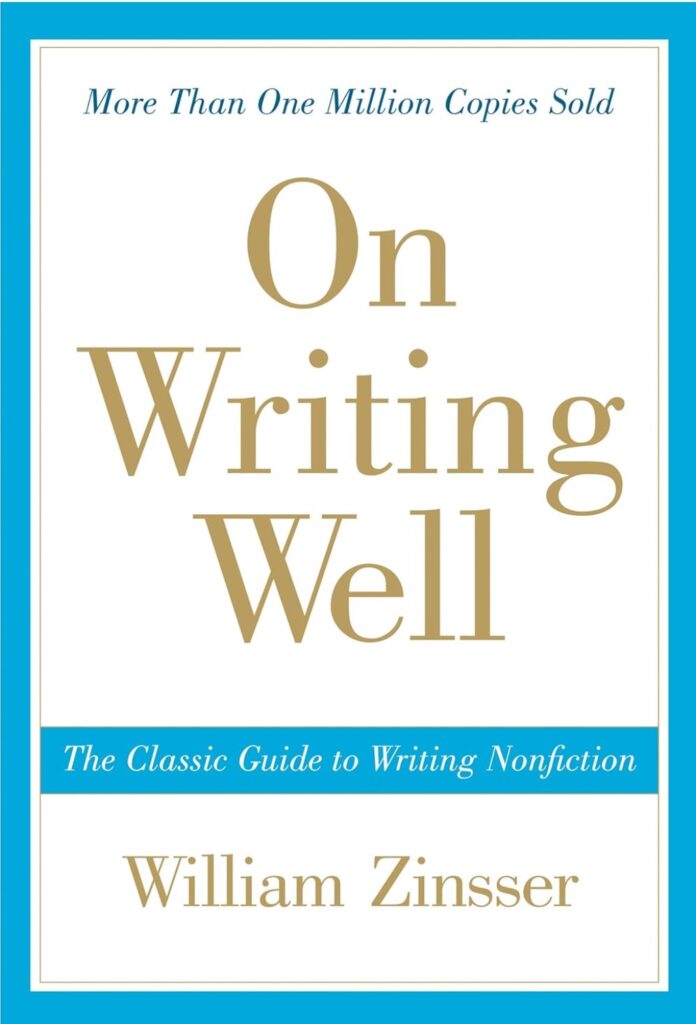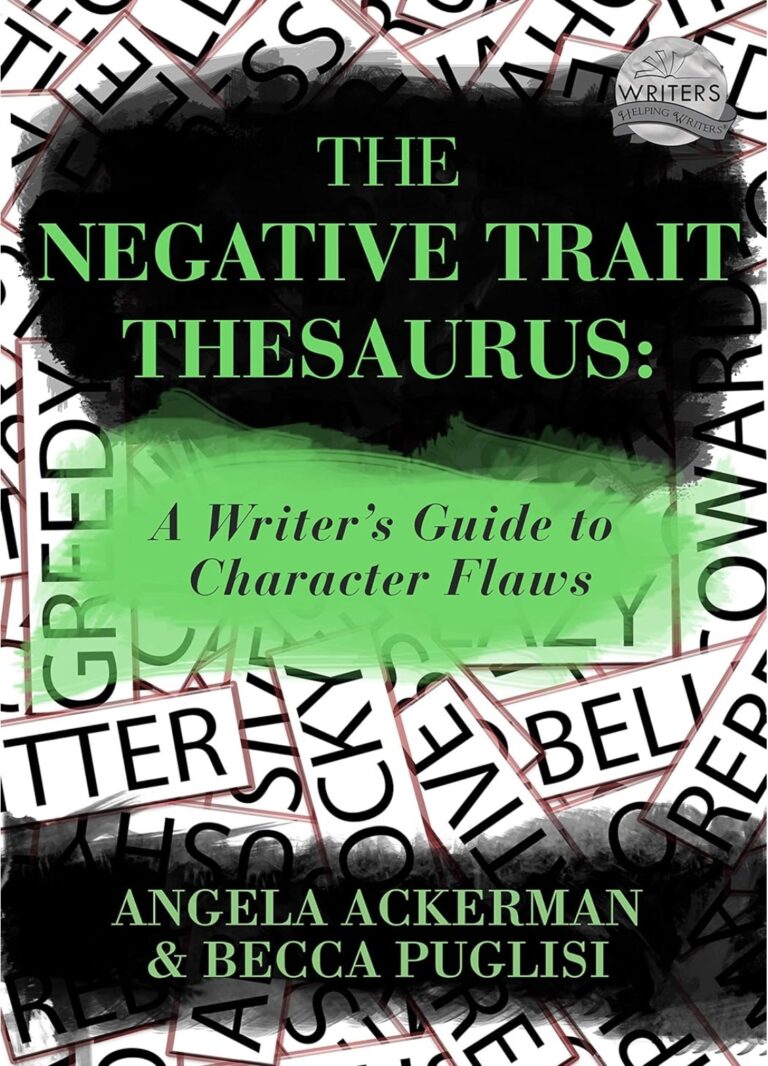Creating tension in a short story is essential to keeping readers engaged and invested in the narrative. As a romance author who writes insta-love stories featuring aliens, paranormal creatures, and unusual scenarios, I understand the importance of using dialogue effectively to convey tension.
In my experience, dialogue is a powerful tool that can reveal character emotions, conflicts, and stakes without explicitly stating them.
I’ve found that incorporating subtext, interruptions, and pacing in dialogue can significantly enhance the tension in a story. Here are some techniques and examples to help you master the art of using dialogue to show tension in your short story.
Table of Contents
ToggleThe Power of Subtext
Understanding Subtext
Subtext is the underlying meaning behind the spoken words, and it plays a crucial role in creating tension in dialogue. When characters say one thing but mean another, it creates a layer of complexity that can heighten the emotional stakes.
Example of Subtext in Dialogue
In one of my paranormal romance novellas, a werewolf and a vampire are forced to work together despite their mutual distrust. The dialogue between them is laced with subtext, as they both hide their true feelings behind polite words.
Werewolf: “It’s been a pleasure working with you, truly.”
Vampire: “The feeling is mutual. Let’s hope our paths never cross again.”
Here, the words are civil, but the underlying tension is palpable. The werewolf’s polite statement hides his disdain, while the vampire’s response thinly veils her relief at ending their partnership.
Incorporating Subtext in Your Writing
To incorporate subtext in your dialogue, think about what your characters are truly feeling and how they might mask those feelings with their words. Use body language, tone, and context to hint at the underlying emotions and conflicts.
The Art of Interruption
Using Interruptions to Create Tension
Interruptions can disrupt the flow of conversation and add an element of unpredictability, which can increase tension. When characters interrupt each other, it shows their impatience, frustration, or desperation.
Example of Interruptions in Dialogue
In another story, a human character confronts her alien love interest about his secretive behavior. The dialogue is filled with interruptions, reflecting their heightened emotions.
Human: “Why won’t you tell me what’s going on? I can’t—”
Alien: “It’s not that simple. You wouldn’t understand—”
Human: “Try me!”
Here, the interruptions highlight the urgency and frustration between the characters, making the conversation more dynamic and tense.
Techniques for Writing Interruptions
To effectively use interruptions in your dialogue, ensure that they serve a purpose. They should reveal character traits, escalate the conflict, or show the stakes involved. Be mindful of the rhythm and flow of the conversation, and use interruptions sparingly to avoid overwhelming the reader.
Pacing and Pauses
Controlling Pacing in Dialogue
The pacing of dialogue can greatly influence the tension in a scene. Rapid exchanges can convey urgency and excitement, while pauses and silences can create suspense and anticipation.
Example of Pacing in Dialogue
In one of my stories, a witch and a demon are engaged in a heated argument. The pacing of their dialogue shifts as the tension builds.
Witch: “You can’t just decide my fate for me.”
Demon: “I can and I will.”
Witch: “You—” (pauses, taking a deep breath) “You don’t control me.”
The quick exchanges at the beginning reflect their anger, while the pause and slower pacing at the end emphasize the witch’s defiance and determination.
Balancing Pacing and Pauses
To balance pacing and pauses in your dialogue, consider the emotional state of your characters and the intensity of the situation. Use short, rapid-fire exchanges for high-tension moments and longer pauses to let the weight of the conversation sink in.
Revealing Conflict Through Dialogue
Direct and Indirect Conflict
Conflict is the heart of any story, and dialogue is a powerful way to reveal it. Characters can express conflict directly through arguments and confrontations or indirectly through subtle jabs and veiled threats.
Example of Revealing Conflict
In a scene where a human character is caught between two supernatural beings, the dialogue reveals the conflict between them.
Werewolf: “He’s only using you. Can’t you see that?”
Vampire: “And what are you doing? Protecting her out of the goodness of your heart?”
Human: “Stop it, both of you! This isn’t helping.”
The direct accusations between the werewolf and the vampire highlight their rivalry, while the human’s interjection shows her frustration and helplessness.
Techniques for Revealing Conflict
To reveal conflict through dialogue, focus on the characters’ goals and motivations. What do they want, and how do their desires clash? Use dialogue to bring these conflicts to the forefront, making the stakes clear to the reader.
Enhancing Emotional Stakes
Emotional Underpinnings of Tension
The emotional stakes in your story are what make the tension meaningful. When characters have something to lose, their dialogue becomes more charged and impactful.
Example of Emotional Stakes
In one of my novellas, a character must choose between her love for an alien and her loyalty to her human family. The dialogue reflects her inner turmoil.
Alien: “Come with me. We can be together, away from all this.”
Human: “I can’t just leave them. They’re my family.”
Alien: “And what about us? Don’t we matter?”
The emotional stakes are high, and the dialogue conveys the weight of her decision.
Building Emotional Stakes
To build emotional stakes in your dialogue, make sure your characters have clear motivations and consequences for their actions. What do they stand to gain or lose? How do their relationships and personal stakes influence their words and actions?
Final Remarks
In my experience, using dialogue to show tension in your short story is a skill that can elevate your writing and engage your readers.
I’ve found that incorporating subtext, interruptions, and pacing can significantly enhance the tension and emotional stakes in a narrative.
By revealing conflict and building emotional depth through dialogue, you can create compelling and dynamic scenes that keep readers on the edge of their seats.
Remember, the key is to make your characters’ conversations feel authentic and charged with underlying meaning.
Practice these techniques, and soon you’ll master the art of using dialogue to create tension in your stories.













